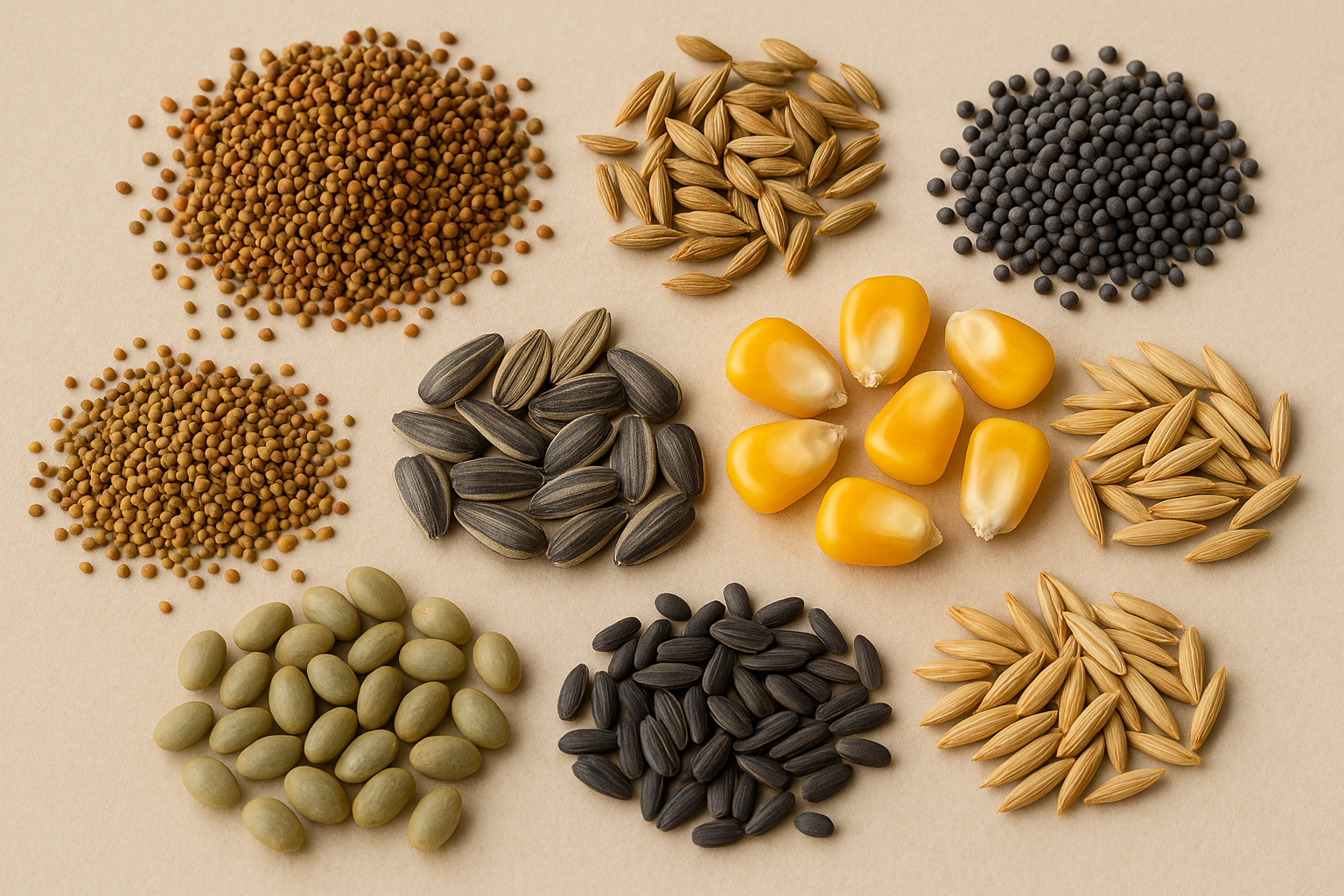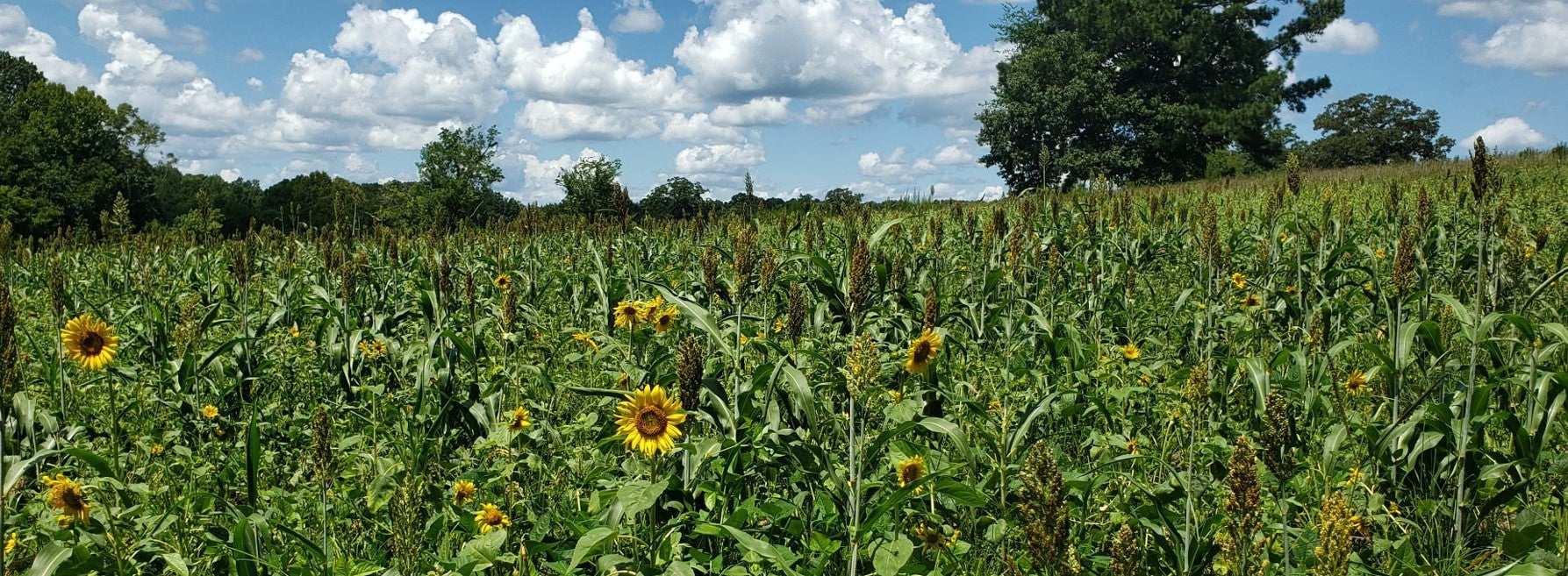COYOTES AND FAWNS - A DEADLY COMBINATION
A newborn fawn is defenseless, immobile, and left isolated by its mother except for a two to three brief encounters per day for nursing. These factors combine to make fawns very vulnerable to a variety of death-causing disturbances early in their lives.
FAWNS DIE AT AN ALARMING RATE
One of the first studies conducted on fawn mortality was completed by Frederick Knowlton on the Welder Wildlife Refuge, north of Sinton in San Patricio County. Frederick captured over 400 wild fawns during 1960 through 1965. He marked the fawns with colored tags and then released them at the capture site. After careful observation of these marked fawns, he estimated that 70 percent of the fawns died during their first summer of life!
Biologists had long suspected that fawns suffered high mortality rates during their first few months of life. Embryo counts conducted by Barron and Harwell in the early 1970's had revealed that pregnant south Texas does carried from 1.24 to 1.81 fetuses each. These numbers would translate into 124 to 181 fawns per 100 does during fall counts if no mortality at all occurred before the fall survey. However, dozens upon dozens of fall helicopter counts had revealed an average of only 30 fawns per 100 does by fall. What was killing all of these missing fawns?
WHY ARE SO MANY FAWNS DYING?
Based on the results of an intensive deer study conducted during the early 1960's in the Hill Country by James Teer, it was suspected that coyotes were the culprits. In the Hill Country, where coyotes had long been intensively removed because of the sheep and goat industry, Teer found that only 11 percent of fawns died shortly after birth.
In one of the first radio telemetry studies ever conducted, Cook, White, Trainer, and Glazener combined to complete an intensive study on the Welder Wildlife Refuge to find out what was killing so many fawns each year.
These researchers captured 81 wild fawns between one and 12 days old over a two-year period. Thirty-four fawns were collared with radio transmitters in 1965 and 47 were collared in 1966. Each fawn was relocated with telemetry four to five times per week for the first month of their life. For two additional months, these fawns were relocated two to three times per week. If a fawn was found dead, it was transported back to a laboratory and examined to determine the cause of death.
Amazingly, 58 of the 81 fawns (72 percent) died during the three months they were monitored. Twenty-four of 34 fawns (71 percent) died the first year and 34 of 47 (72 percent) died the second year of the study. A shocking 54 fawns (93 percent) died during their first month of life, while only four of the fawns (7 percent) alive after 30 days died over the next two months. Unfortunately, only 23 of the original 81 fawns (28 percent) survived until September.
These researchers concluded that coyotes killed at least 29 of the 58 fawns (50 percent) that died. In addition, it was suspected that coyotes were also responsible for 17 other fawn (29 percent) deaths. All together, coyotes likely killed 46 of the 58 fawns (79 percent)! Bobcats killed two fawns (3 percent), starvation killed 5 fawns (9 percent), disease killed 4 fawns (7 percent), and an accident killed one fawn (2 percent).
The researchers suspected that the wandering and bleating behavior of some fawns caused their mortality by attracting coyotes. They also felt that diarrhea and infections may have played a role in the death of some fawns because this increased odor likely allowed them to be found by coyotes.
WHAT HAPPENS WHEN COYOTES ARE REMOVED?
The obvious question raised by the above study was “will removing coyotes result in increased fawn survival and increased numbers of deer?” In order to answer this question, the late Sam Beasom conducted a Ph.D. study on the Santa Gertrudis division of the King Ranch. Two study areas, each 5,400 acres in size, were selected. One area served as the control, where no coyotes were removed. Five miles away on the second, experimental area, as many coyotes as possible were removed from early February through late June each year for two years (1971-72). Coyotes were removed by trap, M-44 cyanide guns, and by shooting.
The intensive six-month program resulted in the removal of an amazing 129 coyotes and 66 bobcats in 1971 and 59 coyotes and 54 bobcats in 1972. Coyote and bobcat numbers were monitored each month by counting tracks along two, two-mile long roads in each study area. Surprisingly, according to the track counts, coyote numbers returned to pre-removal levels by January each year.
Fawn survival was estimated on each area by calculating fawn:doe ratios each August using a helicopter. Each area was flown twice and the number of fawns and does were counted. In addition, during September and October, road counts of fawns and does were conducted on each area, as well as on areas adjacent to the study areas.
The resulting fawn:doe ratios clearly showed the strong effects that coyote removal had on fawn survival. In 1971, 47 fawns were counted per 100 does on the coyote-removal area versus only 12 fawns per 100 does on the control area. In 1972, a high rainfall year, 82 fawns were counted per 100 does on the coyote-removal area versus only 32 fawns per 100 does on the control area. Beasom estimated that the lack of a predator removal program on the control area resulted in a 74 percent higher loss of fawns in 1971 and a 61 percent higher loss in 1972. Obviously, intensively removing coyotes can greatly increase fawn survival!
WILL HIGHER FAWN CROPS RESULT IN TOO MANY DEER?
Although Beasom successfully answered the question of what would happen to fawn survival if coyotes were intensively removed, his research raised a new question, which was “will increased fawn survival result in too many deer?” The concern was that coyote removal would allow too many deer to survive, leading to deer populations that were too high for the habitat to support. If deer numbers increased past the carrying capacity of the habitat, would this result in a drastic deer die-off?
John Kie, Marshall White, and Frederick Knowlton conducted a second scientific study on the Welder Wildlife Refuge to answer this new question. In 1972, they built a coyote-proof enclosure fence around a 960-acre treatment area. In 1973, coyote removal efforts began within the enclosure and by 1976, it was estimated that all coyotes had been removed.
In order to study the effects of coyote removal on the deer population, the researchers compared the deer herd inside the enclosure to a deer herd on a control area of the same habitat type outside of the enclosure. Deer populations were monitored by driving transects through each area 20-30 different times each summer. In addition, helicopter surveys were conducted during winter, beginning in 1975.
As had been found by Beasom, these researchers also documented a significant increase in fawn survival due to the removal of coyotes. From 1973-78, fawn crops within the enclosure averaged 62 fawns per 100 does versus only 42 fawns per 100 does outside the enclosure. However, mortality of older fawns (3-12 months of age) was higher inside the enclosure than outside, somewhat offsetting the additional fawns “saved” by coyote removal.
Although mortality was higher for older-aged fawns within the enclosure, total deer numbers quickly increased. In 1974, deer densities within the enclosure reached a peak of 218 deer per square mile, over two times higher than the seven-year average of 90 deer per square mile outside the enclosure.
Unfortunately, increasing deer numbers within the enclosure led to several problems. The reproductive rates began to decline. By 1976, reproductive rates of yearling does dropped to only 0.55 fetuses per doe and a 55 percent pregnancy rate inside the enclosure versus 1.31 fetuses and an 88 percent pregnancy rate outside the enclosure. By 1977, reproductive rates of adult does dropped to only 0.85 fetuses per doe and a 62 percent pregnancy rate inside the enclosure versus 1.64 fetuses and a 93 percent pregnancy rate outside.
Additional problems became apparent with the deer herd within the enclosure. Does within the enclosure bred up to 14 days later and as a result, gave birth to their fawns later than does outside the enclosure. Bucks retained their velvet longer (90 percent still in velvet in late August versus 60 percent outside) and dropped their hardened antlers earlier than bucks outside the enclosure. Body weights also declined and parasite loads increased.
In addition, the adult sex ratio inside the enclosure shifted toward a higher percentage of bucks (37 percent bucks inside enclosure versus 24 percent bucks outside). The researchers guessed that the change in sex ratio was due to a higher mortality rate of does within the enclosure. They felt that because fawn survival increased, the added stress on does in raising more fawns to an older age, increased their mortality rate.
Finally, in 1978 a die-off of adult deer occurred within the enclosure. During that year’s winter helicopter survey, Lynn Drawe counted 35 dead deer within the enclosure and none outside the enclosure. In fact, the 1978 survey indicated that the deer population within the enclosure had declined to the point that it was back to a level equal to the population size before the study began.
The researchers concluded that the die-off was caused by malnutrition due to a shift in diet. They examined rumens of deer killed inside and outside the enclosure and found that outside deer consumed 87 percent forbs, 10 percent grasses, and 3 percent browse, while enclosure deer were forced to eat a higher percentage of grasses (21 percent) and less forbs (77 percent).
HOW DOES RAINFALL AFFECT FAWN SURVIVAL?
Bob Carroll and Dennis Brown, both biologists for the Texas Parks and Wildlife Department, conducted a fourth study on fawn mortality. These researchers conducted their study during 1971-73 on two different study areas, one in Lavaca County and the second in Gonzalez County. They captured and radio collared 120 fawns, 20 per year on each study area. Fawn mortality was monitored from year to year in relation to rainfall and deer density. Coyotes were not removed on either area.
On the Gonzalez County study area, the researchers reported a 90 percent mortality rate (18 of 20 fawns captured died) in 1971 versus mortality rates of only 35 percent in 1972 and 10 percent in 1973. They attributed the high mortality rate in 1971 to a severe drought; deer were in very poor condition as a result of the poor range conditions, leading to the high mortality rate. In addition, fawn hiding cover was substantially decreased. In 1972 and 1973, rainfall levels returned to normal and fawn survival greatly increased due to the improved range conditions and the resulting increase in cover and deer condition.
Coyotes killed 14 of the 18 fawns (78 percent) in 1971, only two of seven fawns (29 percent) in 1972, and two of two fawns (100 percent) in 1973; leading the researchers to conclude that coyotes had the potential of killing a high percentage of fawns during critical periods, such as the drought in 1971.
On the Lavaca County study area, deer numbers were estimated to be over four times higher than deer numbers in Gonzalez County. Fawn mortality rates varied from 25 percent (5 of 20 fawns captured died) in 1971, to 50 percent in 1972, and 35 percent in 1973. Coyotes were responsible for 60 percent of the mortalities in 1971, 50 percent in 1972, and 29 percent in 1973.
Overall, on both study areas combined, coyotes caused 50% of mortalities, while disease and starvation accounted for 34 percent, and 16 percent were undetermined. The combined fawn loss was 47 percent from time of birth to three months of age.
SHOULD COYOTES BE EXTERMINATED?
Many biologists and managers feel that coyotes play a helpful role in maintaining a stable relationship between deer populations and their food supply, especially in refuge areas. Therefore, they feel that coyotes should not be removed, so that they can maintain deer numbers within the carrying capacity of the habitat.
The problem with this line of reasoning is that a large portion of the deer management is then left in the hands of the coyote, instead of in the hands of the manager or biologist where it belongs. Would you rather have a biologist managing your deer herd, or coyotes?
However, at some point the biologist or manager will have to increase the deer harvest to compensate for the deer “added” to the population, especially if 2-3 good rainfall years occur in succession. Therefore, a coyote control program brings with it the responsibility of closely monitoring deer numbers. In addition, harvest may have to be increased in order to keep the deer population within the carrying capacity of the habitat. The clear advantage to the landowner is that more adult deer can be harvested each year as a result of the coyote removal program.
Posted by Dr. Mickey W. Hellickson











Leave a comment